
Zaproszenie na seminarium Ośrodka Archeologii Starożytnej Grecji i Rzymu - 1 luty 2024 r. godz. 11.00
29 stycznia 2024
Nataliacoments closed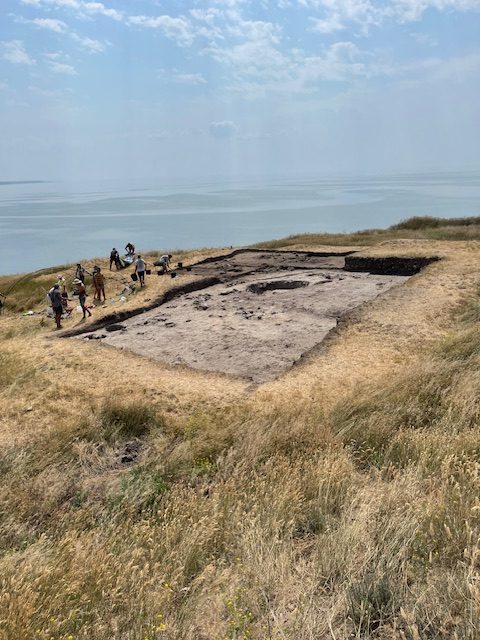

Zaproszenie na prezentację stypendystki PAN Alisy Semenovej "Preliminary results of the study of bone artifacts from Olbia Pontica" - 7 grudnia 2023 r. godz. 11.00
28 listopada 2023
Nataliacoments closed
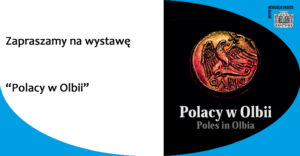
Zapraszamy na bezpłatną wystawę "Polacy w Olbii"
01 lutego 2023
Zbyszekcoments closed
Alfred Twardecki lecture from the conference “Olbia in the Hunnic period”
28 grudnia 2022
Zbyszekcoments closed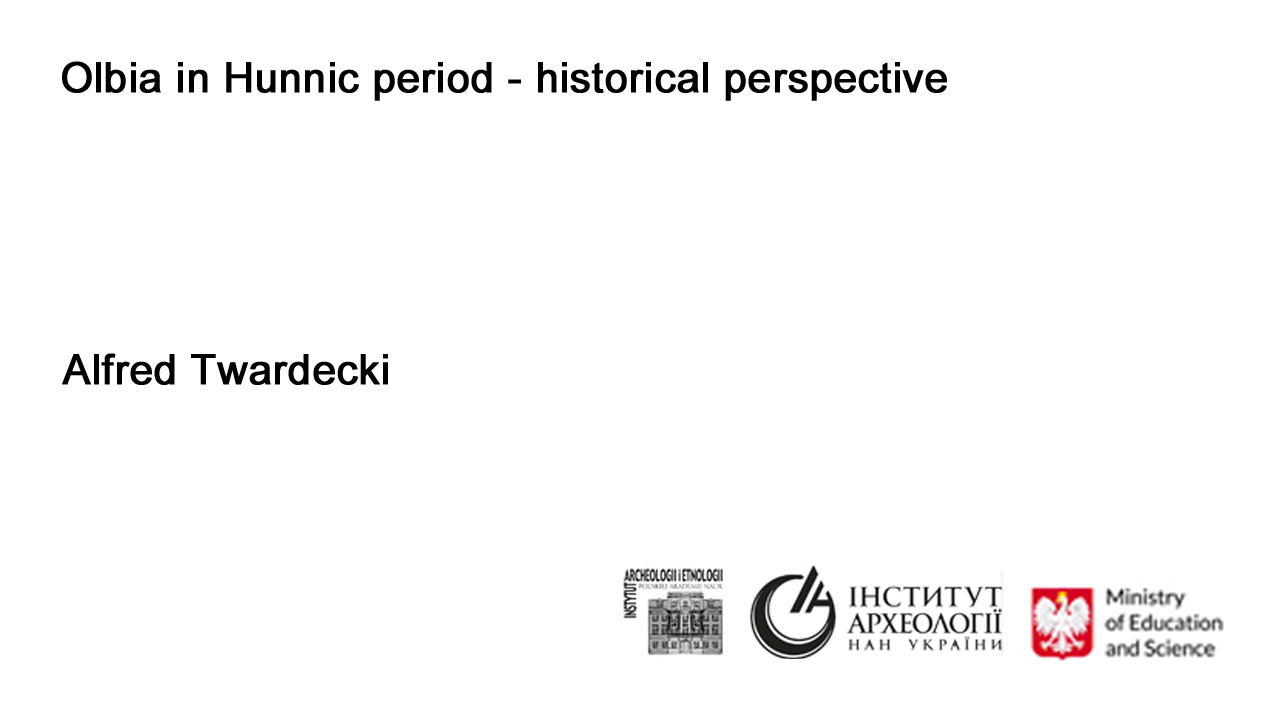
Na kanale Archeo.TV jest już dostępny 16 - ostatni - referat z konferencji "Olbia in Hunnic Period", która odbyła się 5-6 listopada 2021 roku ![]()
Institute of Archaeology and Ethnology of the Polish Academy of Sciences
and
Institute of Archaeology of the National Academy of Sciences of Ukraine
presents a lecture from a scientific conference:
Olbia in Hunnic Period
organized at November 5–6, 2022
Author: Alfred Twardecki
Title: Olbia in Hunnic period - historical perspective
Abstract: In the presentation the author shortly sums up general results of the excavations led at the trench R-23 in years 2016-2021 by Polish-Ukrainian team but mainly will try in the later part to put results on the broader historical perspective. The base of that perspective will be at first line historical literary sources dealing with the history of the area in late Roman period. Olbia is not often mentioned in that source, but they give us information about historical events on the territory between Dnieper and Danube rivers including Hunnic invasion headed by Attila on the Eastern and Western Roman Empires. The author tries to initially interpret the new archaeological data from Olbia against the background of known historical events.
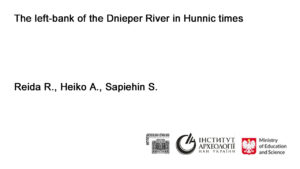
Reida R., Heiko A., Sapiehin S., lecture from the conference “Olbia in the Hunnic period”
21 grudnia 2022
Zbyszekcoments closed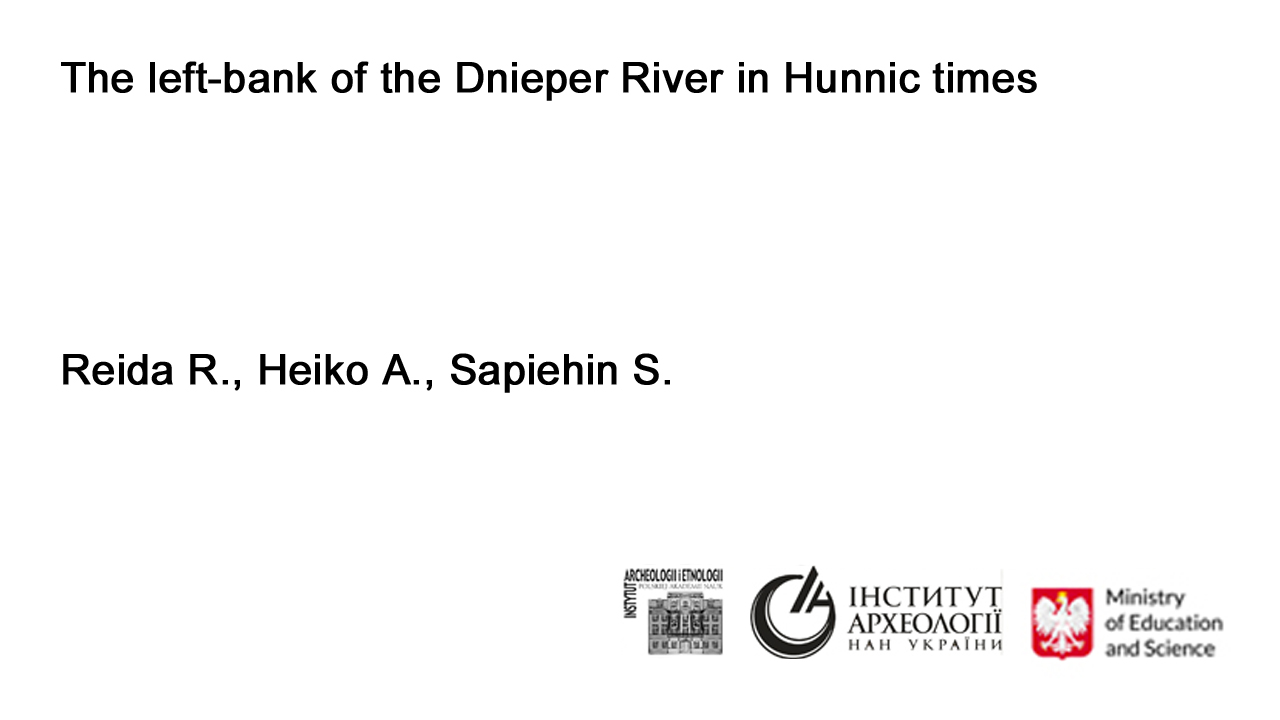
Na kanale Archeo.TV jest już dostępny 15 referat z konferencji "Olbia in Hunnic Period", która odbyła się 5-6 listopada 2021 roku ![]()
Institute of Archaeology and Ethnology of the Polish Academy of Sciences
and
Institute of Archaeology of the National Academy of Sciences of Ukraine
presents a lecture from a scientific conference:
Olbia in Hunnic Period
organized at November 5–6, 2022
Authors: Reida R., Heiko A., Sapiehin S.,
Title: The left-bank of the Dnieper River in Hunnic times
Abstract: The investigated area covers the forest steppe territory on the left bank of the Dnieper from the latitude of the city of Kyiv in the north to the Vorskla River basin with its left tributaries, the Kolomak and the Merla, in the south. Several sites from the Hunnic period, that is from the year 375 to the first third or first half of the 5th century were investigated. Most of these represented Chernyakhov culture, the most important among them being the burial ground (more than 150 burials excavated) in the vicinity of the village of Shishaki in the Poltava region. Chernyakhov culture, which was already well established in the forest steppe landscape of the region, was undergoing cultural changes that can be summarized as follows:
1) a merging of different inhumation rites (orientation of the burials with heads to the north and west);
2) emergence of pronounced elite burials (tribal nobility);
3) a noticeable increase in the volume of imported products.
One of the main ethnic components in this region were a nomadic pastoral peoples (Alans?) who came into contact with groups of the Chernyakhov population. The lower reaches of the left bank of the Vorskla River was where contacts between the two were among the most active as attested by the Kantemirovka and Storozhevoe burial grounds. The arrival of the Huns in this territory had little effect on the lifestyle of this native population, presumably representing chiefly the Chernyakhov culture.
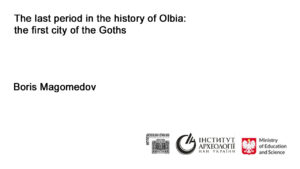
Boris Magomedov lecture from the conference “Olbia in the Hunnic period”
06 grudnia 2022
Zbyszekcoments closed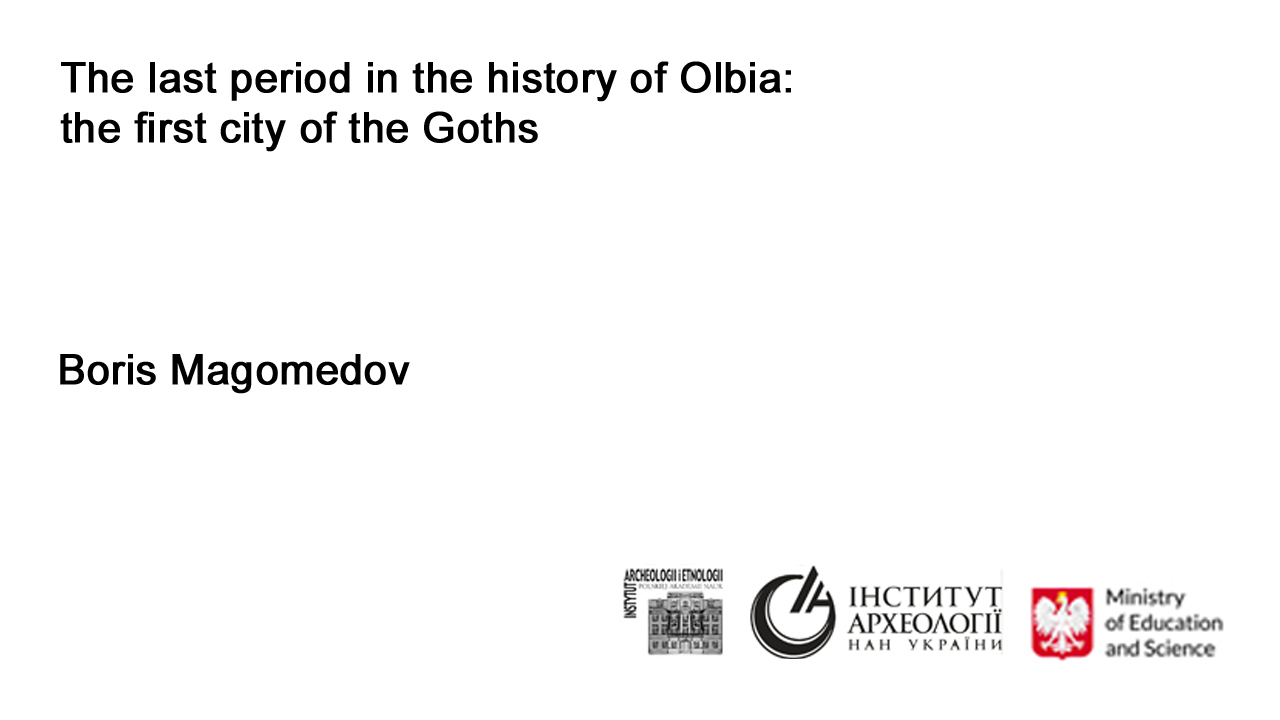
Na kanale Archeo.TV jest już dostępny 14 referat z konferencji "Olbia in Hunnic Period", która odbyła się 5-6 listopada 2021 roku ![]()
Institute of Archaeology and Ethnology of the Polish Academy of Sciences
and
Institute of Archaeology of the National Academy of Sciences of Ukraine
presents a lecture from a scientific conference:
Olbia in Hunnic Period
organized at November 5–6, 2022
Author: Boris Magomedov
Title: The last period in the history of Olbia: the first city of the Goths
Abstract: Artifacts of Chernyakhov culture were found in Olbia already in the mid-20th century, enabling conclusions concerning the presence of a Chernyakhov population in the city in the late Roman period (Magomedov 1985; 2001). Significantly more finds have come from recent excavations, including the work of the Ukrainian–Polish expedition in 2016–2021. An analysis of Chernyakhov finds (ceramics, fibulae, combs), as well as dating late antique finds, makes it possible to reconstruct the last period in the city’s history. The Greco-Roman inhabitants left the city around the middle of the 3rd century. A small barbarian population settled Olbia and the neighboring rural settlements at the end of the century. The “Chernyakhovites” displayed an interest in the port of Olbia as a place of trade, but not in the destroyed city, probably until the 370s. The last, brighter phase in the life of the city started at the beginning of the Hunnic period, after 375, and ended together with the decline of Chernyakhov Culture in the first third of the 5th century. After a 100-year hiatus, Olbia was reborn as a small fortified town, trade and crafts center, inhabited by the Goth barbarians. An active program of building works was instigated in the Roman citadel and in the Lower City. The revival of the Citadel accompanied a restoration of the old defensive system on the borders of the former Olbia state (the Kozyrka, Petukhovka, Stanislav and other forts). This is most likely an indication of the existence of one of the early state entities of the Hunnic period—possibly the kingdom of Gesimund, an ally of the Huns—that grew upon the ruins of the Gothic “state of Hermanarich”.
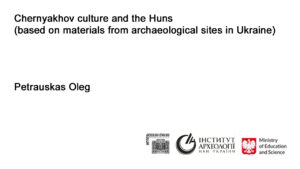
Petrauskas Oleg lecture from the conference “Olbia in the Hunnic period”
29 listopada 2022
Zbyszekcoments closed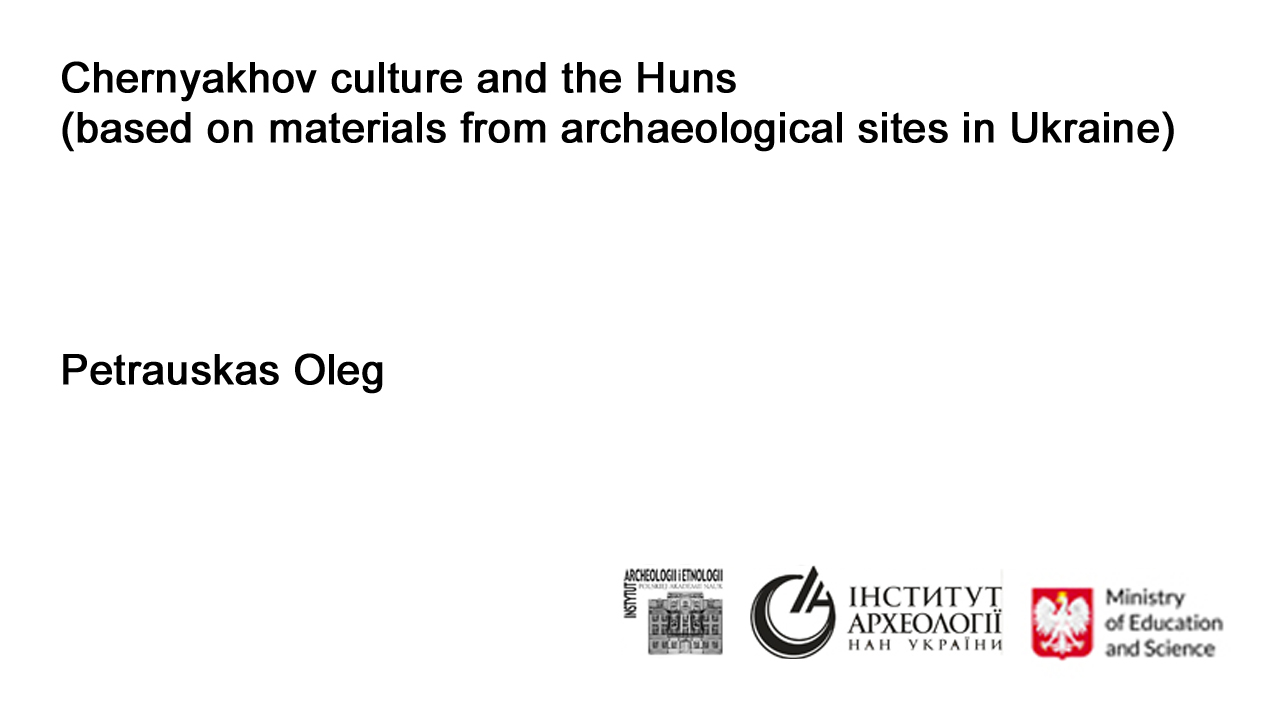
Na kanale Archeo.TV jest już dostępny 13 referat z konferencji "Olbia in Hunnic Period", która odbyła się 5-6 listopada 2021 roku ![]()
Institute of Archaeology and Ethnology of the Polish Academy of Sciences
and
Institute of Archaeology of the National Academy of Sciences of Ukraine
presents a lecture from a scientific conference:
Olbia in Hunnic Period
organized at November 5–6, 2022
Author: Petrauskas Oleg
Title: Chernyakhov culture and the Huns (based on materials from archaeological sites in Ukraine)
Abstract:
The issue of the relations between the Chernyakhiv culture and the Huns is considered based on archaeological data and information from the written sources, principally the writings of Ammianus Marcellinus and Jordanes. The Huns appeared in the Black Sea region at the end of the reign Rex of the Goths Germanarich (between 369–375\376). It corresponds to the end of phase C3 in the relative chronology of eastern Europe antiquities. According to Jordanes, the Ostrogoths stayed in their places of residence after being subjugated by the Huns. This appears to be corroborated by the assemblages of finds representing the Chernyakhiv culture which correspond largely to phases D1 and D2 (about 370–450) of the European relative chronology.
The disappearance of Chernyakhiv culture can be explained only taking into account the polyethnic nature of this formation. For instance, according to the written sources, it took the better part of half a century for the Ostrogoths, one of the components of the Chernyakhiv culture, to migrate to the Roman provinces. The fate of other components of the culture can be reconstructed from archaeological sources. Some of Chernyakhiv culture artifacts (glass cups, buckles, combs, antique imports) can be dated to the end of the 4th and the first half of the 5th centuries. The ethnocultural specificity of late Chernyakhiv culture is mostly associated with the Scythian-Sarmatian and early Slavic components. The disappearance of this culture appears to be the result of a complex set of socio-economic factors.

Yvgeniya Yanish lecture from the conference “Olbia in the Hunnic period”
22 listopada 2022
Zbyszekcoments closed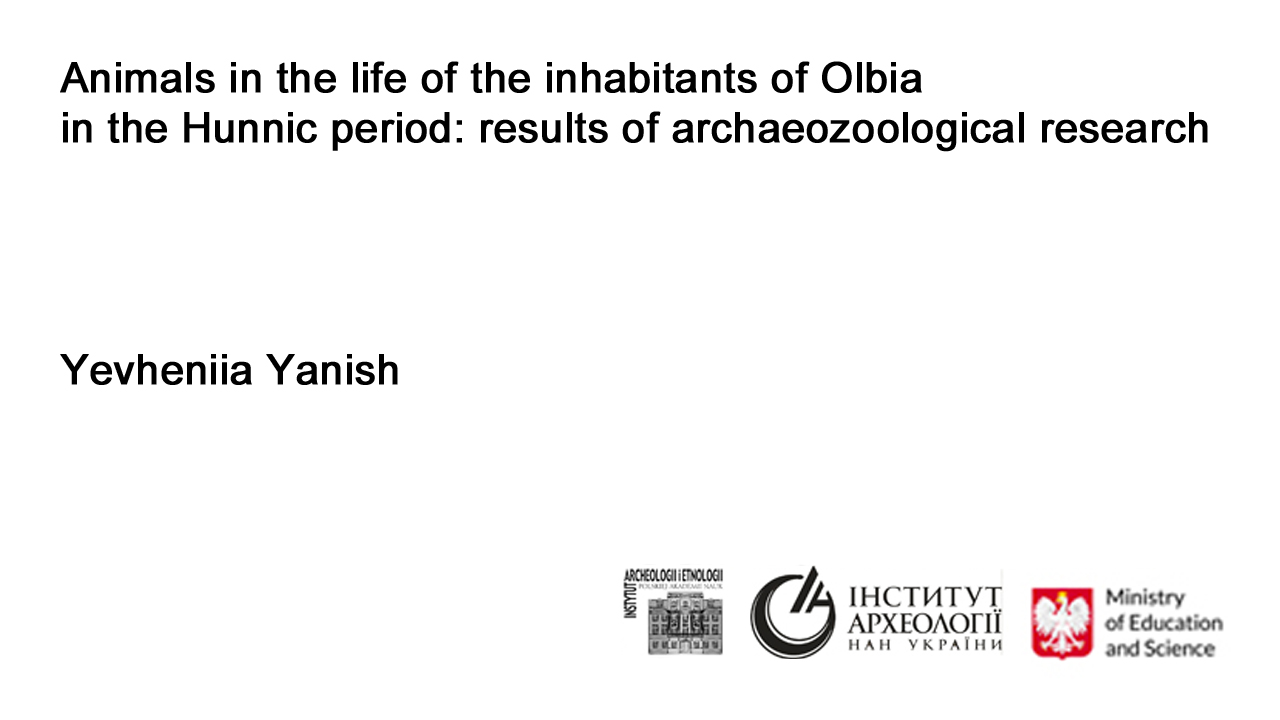
Na kanale Archeo.TV jest już dostępny 12 referat z konferencji "Olbia in Hunnic Period", która odbyła się 5-6 listopada 2021 roku ![]()
Institute of Archaeology and Ethnology of the Polish Academy of Sciences
and
Institute of Archaeology of the National Academy of Sciences of Ukraine
presents a lecture from a scientific conference:
Olbia in Hunnic Period
organized at November 5–6, 2022
Author: Yvgeniya Yanish
Title: Animals in the life of the inhabitants of Olbia in the Hunnic period: results of archaeozoological research
Abstract: Research at Olbia has been going on for over 120 years and has included a considerable amount of archaeozoological material. However, studies of animal bones from the Hunnic-period layers have started only five years ago. At the moment, 8183 animal remains have been recorded from trench R-23: 66.8% mammals, 30.6% fish, 0.4% birds, 0.1% reptiles and 2.1% molluscs. Livestock was dominated by cattle and small ruminants. Wild animals accounted for 3.0% of all identifiable remains, which is a fairly large percentage compared to earlier periods at Olbia. The diversity of wild species is also greater, now including moose, deer and beavers, for which forests—floodplain forests in the studied region—are a natural habitat. In addition, there is also a growing number of representatives of hunted steppe species like saiga and kulan. Taken together, the evidence indicates a change of climate in the territory of Olbia and the Olbian chora in the late 3rd–early 4th centuries AD that can presumably be connected with the Roman climatic optimum.
https://youtu.be/AMHWrmy_UYc
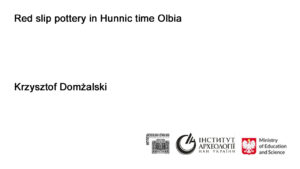
Krzysztof Domżalski lecture from the conference “Olbia in the Hunnic period”
09 listopada 2022
Zbyszekcoments closed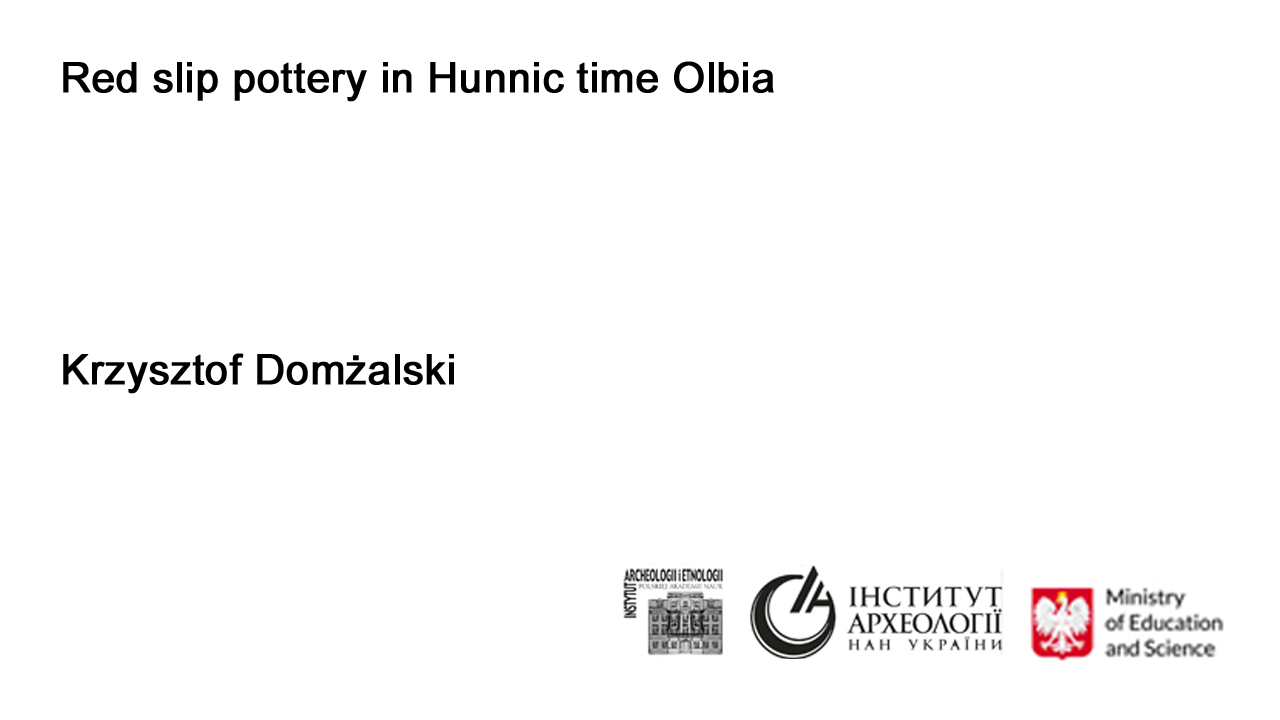
Na kanale Archeo.TV jest już dostępny 11 referat z konferencji "Olbia in Hunnic Period", która odbyła się 5-6 listopada 2021 roku ![]()
Institute of Archaeology and Ethnology of the Polish Academy of Sciences
and
Institute of Archaeology of the National Academy of Sciences of Ukraine
presents a lecture from a scientific conference:
Olbia in Hunnic Period
organized at November 5–6, 2022
Author: Krzysztof Domżalski
Title: Red slip pottery in Hunnic time Olbia
Abstract:
Late Roman red slip vessels found in Olbia are a relatively numerous category of imports, which arrived by the sea to a small settlement rebuilt on the ruins of an Early Roman tradesmen town destroyed by the Goths around the end of the third quarter of the 3rd century AD. Previous research has determined that the later settlement was established more than a decade after the destruction caused by the Goths, and existed until the very end of the 4th century or the beginning of the 5th century keeping rather regular contacts with several Black Sea coastal economic centres. The paper updates the knowledge about the Late Roman red slip ware finds more than ten years after the first publication of the introductory study on the discussed category of imports in Olbia. The source materials are mainly the finds from the regular, large scale excavations in Sector R-25, conducted since 1982. The vast majority are the finds of the Pontic Red Slip ware, coming most probably from the north-eastern part of Asia Minor. These supplies were supplemented by the much more modest imports from the Northern Africa (African Red Slip ware) and eastern Aegean (Late Roman C/Phocean Red Slip ware). The paper will present a detailed typo-chronological analysis of these finds, as well as some results of new studies, especially on the Pontic Red Slip ware vessels, the last imports of which should indicate the date of the final overseas contacts of the local community, shortly before the abandonment of the Late Roman settlement.
Referat znajdziecie na YouTube, pod tym linkiem:
https://youtu.be/E_vRxHoIba0

Serhii Didenko lecture from the conference “Olbia in the Hunnic period”
03 listopada 2022
Zbyszekcoments closed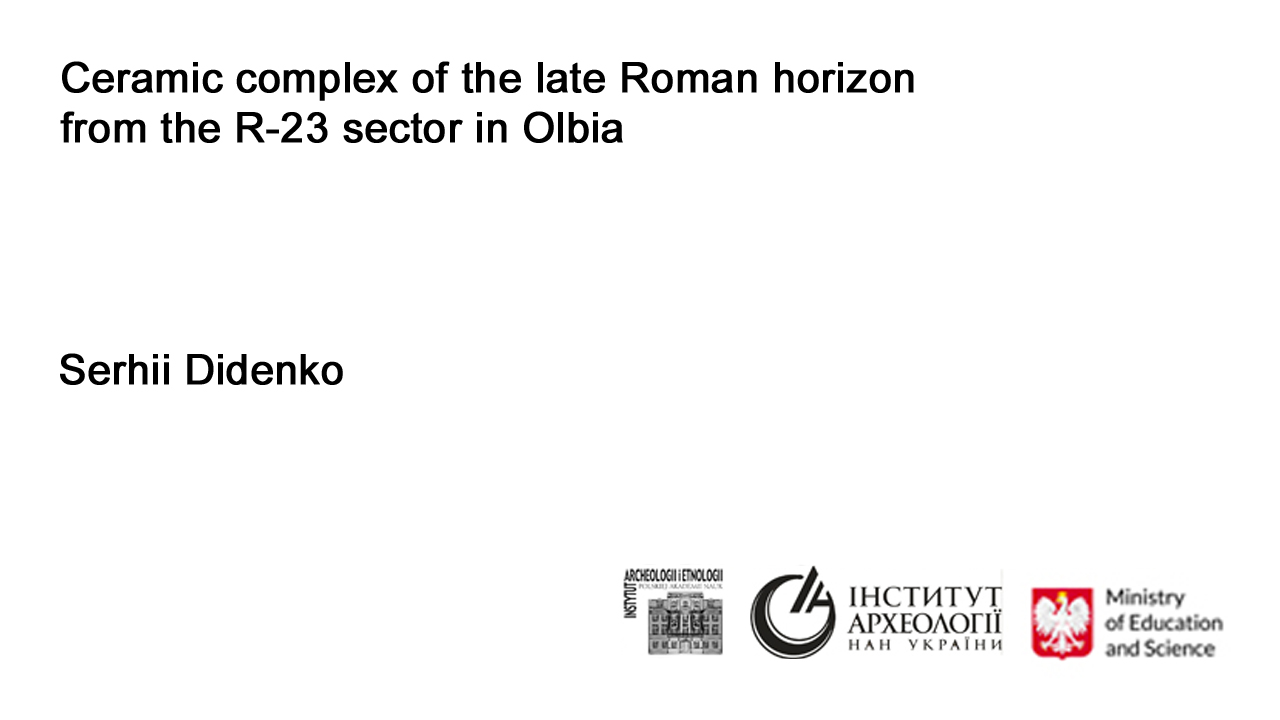
Na kanale Archeo.TV jest już dostępny 9 referat z konferencji "Olbia in Hunnic Period", która odbyła się 5-6 listopada 2021 roku ![]()
Institute of Archaeology and Ethnology of the Polish Academy of Sciences
and
Institute of Archaeology of the National Academy of Sciences of Ukraine
presents a lecture from a scientific conference:
Olbia in Hunnic Period
organized at November 5–6, 2022
Author: Serhii Didenko
Title: Ceramic complex of the late Roman horizon from the R-23 sector in Olbia
Abstract:
The excavations in 2016–2018, 2021 in the southeastern part of the Olbia citadel (sector R-23), carried out within the Ukrainian–Polish project of the Institute of Archeology of the National Academy of Sciences of Ukraine, the National Museum of Warsaw, and the Institute of Archeology and Ethnology of the Polish Academy of Sciences, revealed interesting contexts related to the latest antique layer of the site.
The Late Antique ceramic complex of this sector includes fragments of amphorae, red-slipped wares, wheel-thrown gray-clay pottery and handmade pottery dating from the 4th century AD and possibly later.
Four types of amphora containers were distinguished: 1) amphorae from Heraclea, types F and E according to D. Shelov’s typology; 2) Sinope amphorae type 100 according to I. Zeest; 3) Northern Pontic amphorae type Kharax, burial 33 according to A. Abramov; 4) Eastern Mediterranean amphorae of the LRA 1 Benghazi type according to J. Riley. There were also some amphorae from unidentified centers.
The red-slipped wares included Pontic Red Slip Ware (Domżalski forms 1, 2) and Pontic Red Slip Ware (Hayes forms 50, 67).
Wheel-thrown gray-clay pottery is subdivided into three classes: dining (bowls and vases), cooking (pots), and storage (large storage vessels). This category of the material has the closest parallels in the Chernyakhiv/Sântana de Mureș Culture, which was distributed on the territory of the Ukrainian Forest-steppe, the North-Western Black Sea region, Moldova, and Romania in the late Roman time.
Handmade pottery is represented by fragments of vessels typical for the Chernyakhiv culture. The fragment of the bowl made in the Germanic tradition deserves special attention.
A comprehensive analysis of the ceramic complex from the R-23 sector demonstrates close affinities with finds from Kiselov group sites of the Chernyakhiv culture in the territory of the North-Western Black Sea region.
Referat znajdziecie na YouTube, pod tym linkiem:


